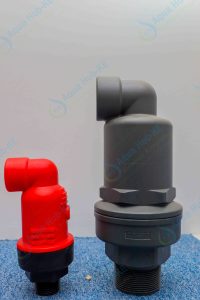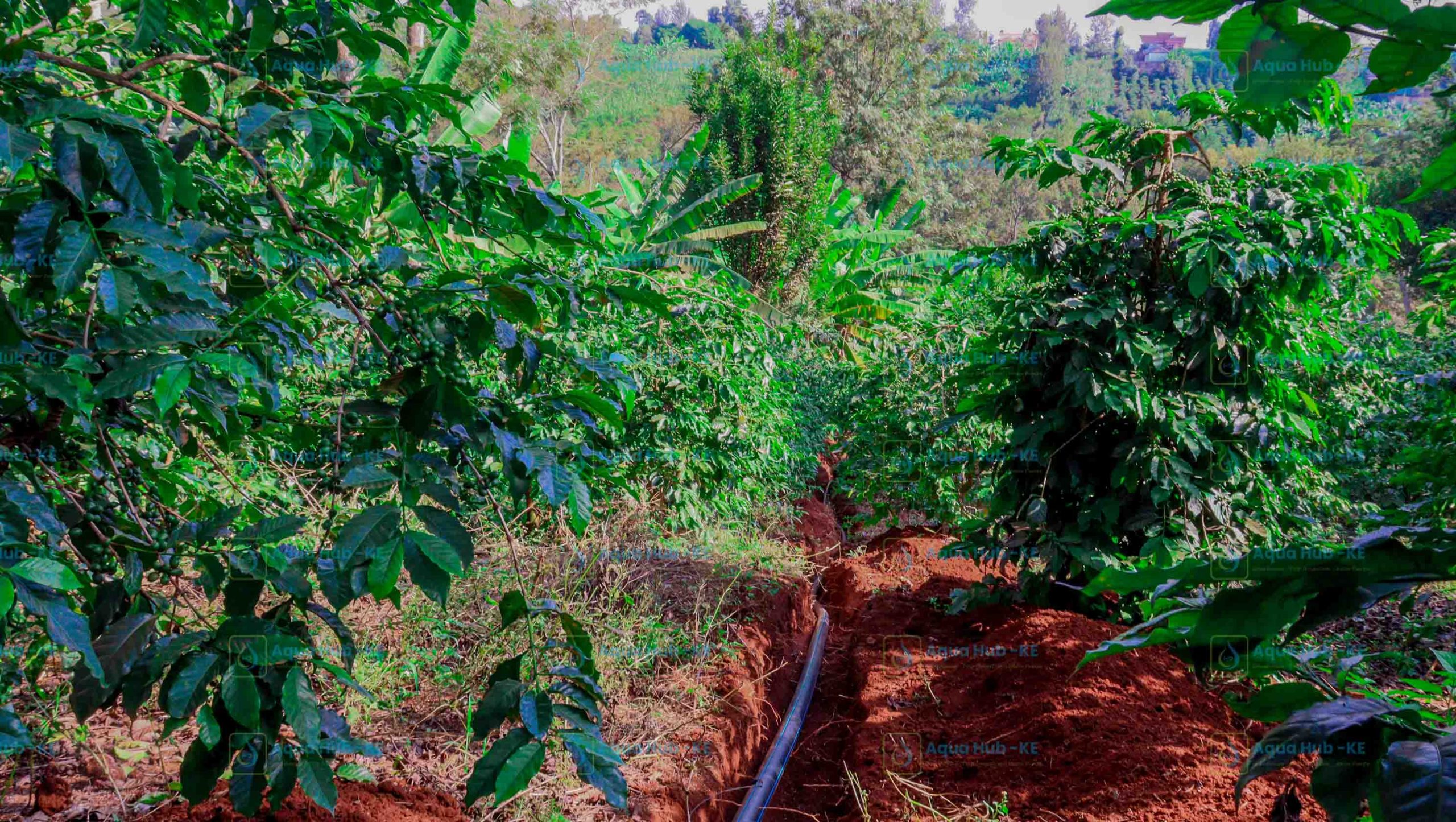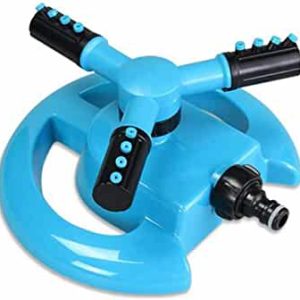Air Release Valves for Irrigation are used in removing air trapped between pipes in an irrigation system.
A good insight on types and functions of air release valves is crucial for a proper installation and performance of an irrigation System.
How air Bubbles occur in an Irrigation System
In an irrigation system, air bubbles occur mostly due to air suction in pressure irrigation systems that work with pumps. You need filters for drip irrigation or systems which use dirty pumped water for irrigation.
Why Air Release Valves for Irrigation Systems?
The air bubbles can lead to uneven water supply in the irrigation pipes, or pump failure.
In other situations, high air bubbles in pipes can lead to high fuel consumption of a pump due to the high energy used to force water out

Specifications of Air Release Valves
- Available in 1, 1 ½, 2 and 3” sizes.
- Plastic and metallic body surface
- Working Pressure of 6-12 bar
Features of an Air Release Valve
- Has an inlet which faces down.
- Made of Propylene plastic material.
- The material has tensile strength which resists break and high pressure of water.
- Durable and resistant to UV rays and harsh environmental conditions.
How Air Release Valves Work
The build up of air in an irrigation system causes lower pump head and thus a pump uses a lot of power to produce the required flow rate. The air occupies space inside the pipe and leaves a smaller path causing water to flow at high speed.
Air is forced back to the direction of the pump or remains trapped in the pipes causing pump damage.
Air release valves allow gases or bubbles to enter and displace water at high points in irrigation systems. There results a reduction in water which drops once the float is no longer sustained and in turn causes vent opening and air release.
Where to Install an Air Release Valve in Irrigation System
Air bubbles cause water flow problems at high sections of an irrigation system. You need to install air release valves along the water pipes or main line pipes.
Ways to Connect an Air Release Valve to an Irrigation Line
- Connecting on top of the pipe surface by welding a threaded socket and linking the air release valve on top
- Using a saddle clamp. Fit the clamp around the pipe and connect the air release valve.
- Using an equal tee connector and a larger riser pipe. This is to ensure that great space is available to capture air from the pipe.
- Use an Elbow Fitting. Installing an air release valve on top of elbow connector works for pipe bend sections and corners. Air is often collected along the corners.
How to Install an air Release Valve
- Make a hole in the pipeline that is equal to the inlet size of the air release valve.
- Connect a saddle clamp to the pipe surface and tighten it. Ensure the outlet part of the saddle clamp matches the drilled hole.
- Connect the saddle clamp to the air release valve. You can use a riser pipe.
Tips to Ensure Proper installation and Function of Air Release Valves
- Air release valves work best when installed on top of the soil.
- Always connect a shut-off valve under the air release valve in an irrigation system.
- Apply a riser pipe larger than the inlet part of the air release valve to efficient trap of air in between the pipeline.
- Use a ditch valve to check the performance of the air release valve. In case it releases air then it means your air release valves is faulty and needs a repair.
How to Choose Air Release Valves for Irrigation Systems
Consider the following.
- Pressure of an irrigation system – The working pressure of the irrigation system needs to be within the specified manufacturer’s pressure range of the air release valve.
- Flow rate. – The rate of flow of an irrigation system should be within the limit where an air valve can handle air removal per unit time.
- Irrigation Pipe Diameter – Consider the size of the pipeline diameter to know the size of the air release valve that will match.
- Cost – Go with an affordable and quality air release valve that is within your budget.

Ways to maintain an Air Release Valve
- Regular monitoring of the air valves to ensure they are working properly.
- In case of Valve failure, use a ditch valve to check whether it releases air or not.
- Replace faulty air valves to ensure proper water supply in pipes.
Where to Apply Air Release Valves
- Removing air in irrigation system pipe connections
- Industrial pipe fluid supply systems to prevent water hammer.
- Improving efficiency in drip irrigation systems.
What is the Price of Air Release Valves?
The cost of an air release valve ranges from KES 550 to KES 5,000 depending on the size.
Where to Buy Air Release Valves for Irrigation
Aqua Hub Kenya has quality affordable plastic air release valves for applications in irrigation systems.
Call 0790719020
Frequently Asked Questions
1. What are air Release Valves?
Devices that are used to extract air in pipes of irrigation system to enhance efficiency in water flow.
2. Where do you put air release valves?
High sections of an irrigation system that can collect air
3. Why do you need an air release valve?
For automatic release of air inside pipes
4. What is the function of an air release Valve?
To release air and gases from irrigation pipes
5. How do you maintain an air release Valve?
Open the lid of the air valve and wash the inner parts to remove dirt if any. Replace the gasket if it is worn out.
6. What is another name for air release Valves?
Air Vent or Valve
7. What are the 3 common types of Air Valves?
- Air release valve
- Air Vacuum Valve
- Combination air valve
8. Which type of valve Is an air release Valve?
Air Valves
9. How do you control Pressure in a Pipe?
Using Pressure relief Valves
10. Which valve is used for main water line?
Gate Valves.
Can allow complete close and opening of water in a pipeline.




